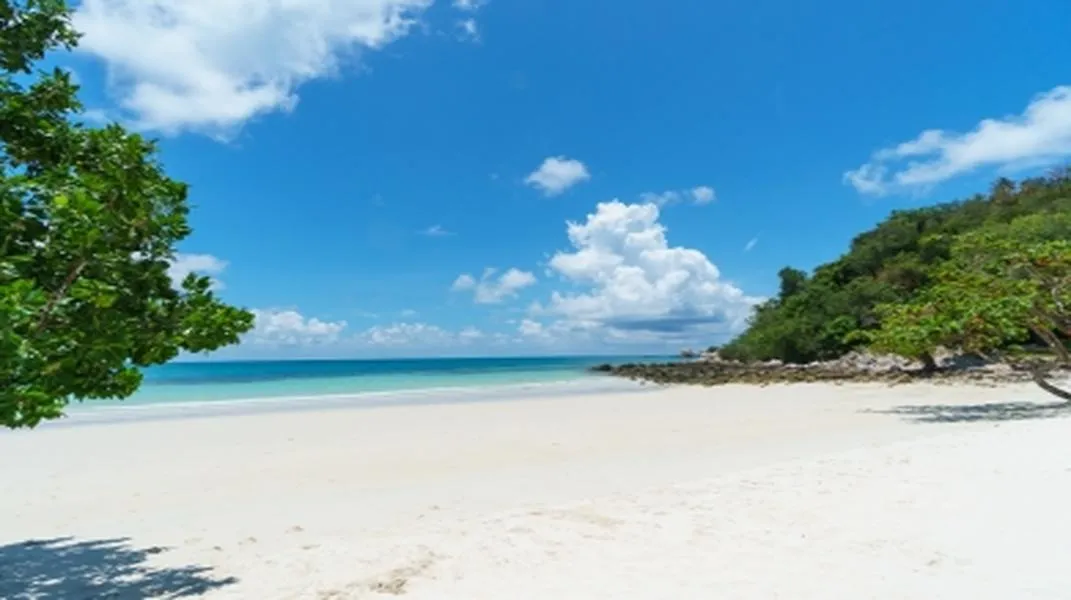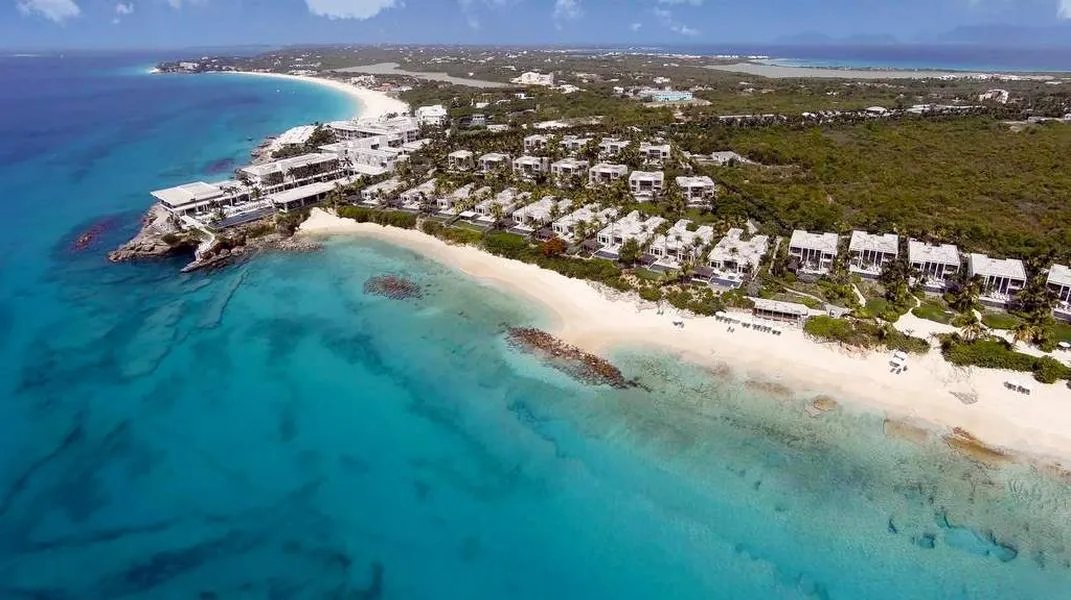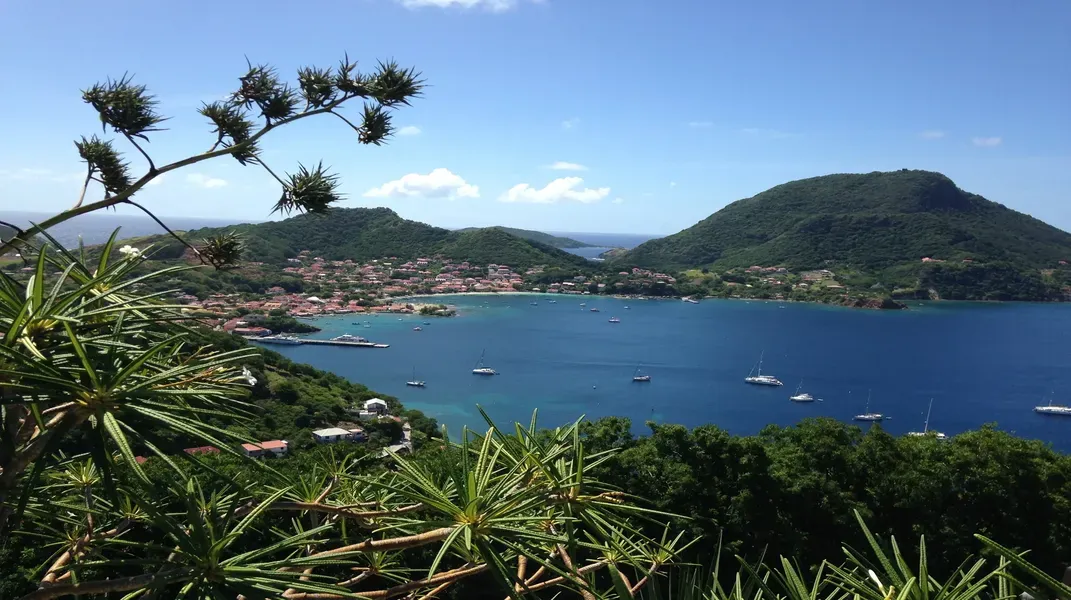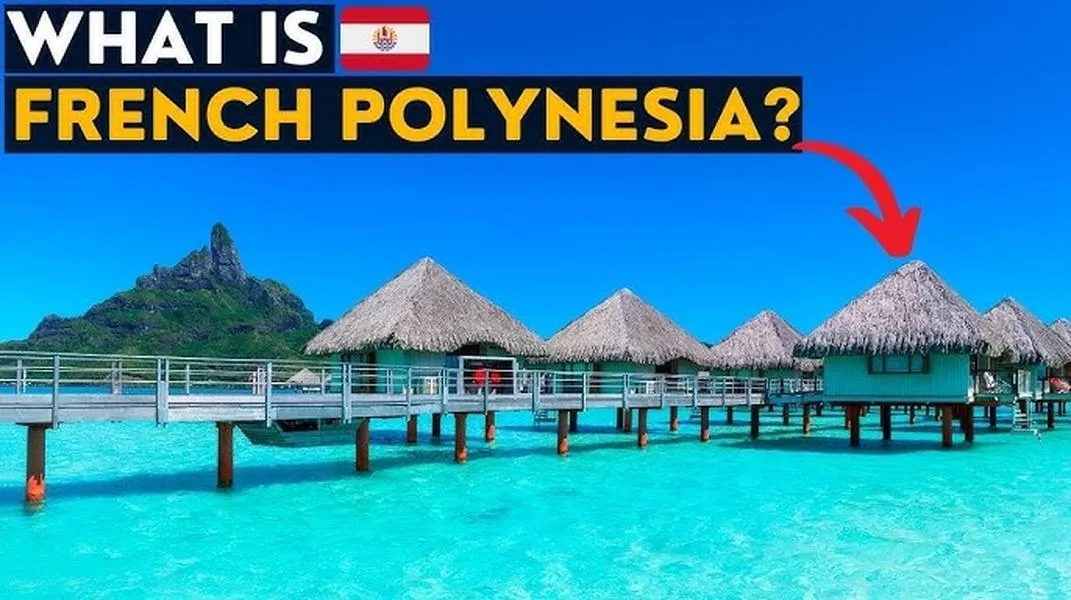Exploring Palau: A Tropical Paradise for Travelers
Nestled in the western Pacific Ocean lies a hidden gem known as Palau, an archipelago consisting of over 500 islands. Renowned for its pristine natural beauty, rich cultural heritage, and extraordinary biodiversity, Palau has become a sought-after destination for travelers seeking adventure and tranquility alike. This article will provide a comprehensive overview of this unique tourist attraction, detailing its key features, activities, and what you need to prepare for an unforgettable visit.
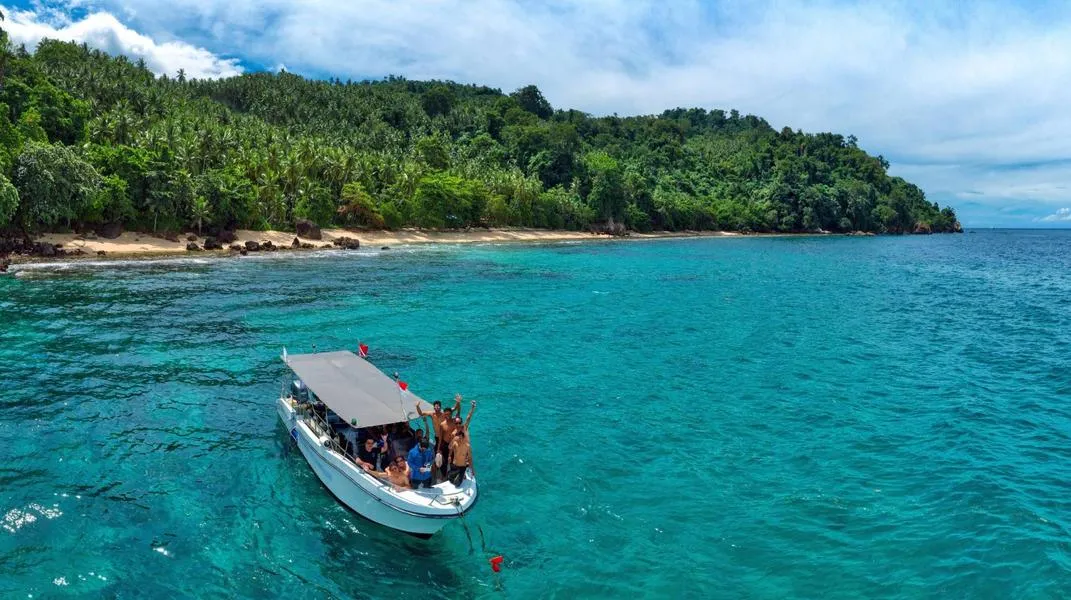
A Brief Introduction to Palau
Palau is situated approximately 500 miles east of the Philippines and is part of Micronesia. The country encompasses a range of landscapes, from lush tropical forests and pristine beaches to stunning limestone cliffs and vibrant coral reefs. The capital city, Ngerulmud, is located on Babeldaob Island, the largest island in the archipelago. The population is approximately 18,000, with the majority residing in the urban area of Koror, which serves as the cultural and economic hub of Palau.
Cultural Heritage
Palau's culture is deeply rooted in its history and traditions. The indigenous Palauan people have inhabited the islands for thousands of years, and their rich heritage is reflected in various customs, dances, and festivals. Visitors can experience traditional Palauan cuisine, art, and music, which showcase the unique blend of influences from neighboring cultures and the islands' natural resources.
Key Attractions in Palau
1. Jellyfish Lake
One of Palau's most popular attractions is Jellyfish Lake, a marine lake located on the island of Eil Malk. This unique lake is home to millions of non-stinging jellyfish, making it a safe place for visitors to swim and snorkel among these fascinating creatures. The lake is surrounded by lush greenery and steep rock formations, creating a serene and picturesque environment. To visit Jellyfish Lake, tourists typically book guided tours that provide transportation and equipment for snorkeling.
2. Rock Islands
The Rock Islands are a UNESCO World Heritage Site and are often considered the crown jewel of Palau. These limestone islands feature stunning karst formations, hidden lagoons, and vibrant coral reefs, making them an ideal destination for kayaking, snorkeling, and diving. The islands are also home to diverse wildlife, including seabirds, fruit bats, and marine life. Guided tours often take visitors to explore the islands' hidden coves and beaches, where they can relax and unwind in the tropical paradise.
3. Blue Corner
Diving enthusiasts will find Blue Corner to be a must-visit location. Known for its dramatic drop-offs and strong currents, this dive site attracts an abundance of marine life, including sharks, manta rays, and schools of colorful fish. The underwater visibility is exceptional, making it a prime spot for photographers and nature lovers. Several dive shops in Koror offer guided diving trips to Blue Corner, catering to both novice and experienced divers.
4. Ngardmau Waterfall
Located on Babeldaob Island, Ngardmau Waterfall is the largest waterfall in Palau and a popular spot for hiking and picnicking. The trail to the waterfall winds through lush tropical forests, providing opportunities to spot native wildlife and enjoy the natural beauty of the island. The waterfall cascades into a serene pool, where visitors can take a refreshing dip after the hike. Local guides often offer tours that include transportation and insights into the flora and fauna of the area.
5. Palau National Museum
To gain a deeper understanding of Palau's history and culture, a visit to the Palau National Museum is essential. The museum showcases artifacts, traditional crafts, and exhibits that highlight the islands' heritage and natural history. It is a great place to learn about the traditional practices of the Palauan people, including weaving, fishing, and navigation. The museum also features a small gift shop where visitors can purchase locally made crafts and souvenirs.
Preparing for Your Visit
To ensure a smooth and enjoyable trip to Palau, it is essential to prepare adequately. Here are some key materials and tips to consider before embarking on your adventure.
1. Travel Documents
Before traveling to Palau, ensure that you have the necessary travel documents. U.S. citizens can enter Palau without a visa for stays of up to one year. However, travelers from other countries may need to check visa requirements in advance. A valid passport with at least six months of remaining validity is essential, as is a return ticket. It is advisable to have copies of all important documents, including your passport and travel insurance, in case of loss or theft.
2. Travel Insurance
Purchasing travel insurance is a wise decision when traveling to remote destinations like Palau. It can provide coverage for unexpected events such as trip cancellations, medical emergencies, or lost luggage. Be sure to read the policy carefully and choose one that covers activities you plan to participate in, such as diving or snorkeling.
3. Health Preparations
Before visiting Palau, consult with your healthcare provider regarding any vaccinations or medications you may need. Common vaccinations include hepatitis A and B, typhoid, and tetanus. It is also advisable to bring a basic first aid kit containing items such as band-aids, antiseptic wipes, and any personal medications you may require.
4. Clothing and Gear
Given Palau's tropical climate, lightweight and breathable clothing is recommended. Pack a mix of casual wear suitable for beach activities and more modest clothing for visiting cultural sites and local communities. Swimwear, flip-flops, and a wide-brimmed hat are essential for enjoying the beautiful beaches and water activities.
In terms of gear, consider bringing snorkeling or diving equipment, although many tour operators provide rentals. If you plan on hiking, sturdy footwear and a refillable water bottle are necessary to stay hydrated during your adventures. Sunscreen, insect repellent, and a reusable waterproof bag for electronics are also advisable.
5. Currency and Payment Methods
The official currency of Palau is the United States dollar (USD), making it convenient for U.S. travelers. Credit cards are widely accepted in urban areas, but it is wise to carry cash for smaller businesses or remote locations. ATMs are available in Koror, but it's best to withdraw cash in advance, especially if traveling to the outer islands.
6. Local Customs and Etiquette
Understanding local customs and etiquette is crucial for a respectful and enjoyable visit. The Palauan people value hospitality and politeness, so greeting locals with a smile and a friendly "Alii" (hello) is appreciated. Dress modestly when visiting cultural sites or local communities, and always ask for permission before taking photographs of people or sacred places.
7. Booking Accommodations and Tours
Palau offers a range of accommodations, from luxury resorts to budget-friendly guesthouses. It is advisable to book your stay in advance, especially during peak tourist seasons. Many travelers choose to book guided tours for activities such as diving, snorkeling, or cultural experiences, as local guides provide valuable insights and ensure a safe and enjoyable experience.
Conclusion
Palau is a breathtaking destination that offers a unique blend of natural beauty, rich culture, and adventure opportunities. From swimming with jellyfish in Jellyfish Lake to exploring the enchanting Rock Islands, there is something for everyone in this tropical paradise. By preparing adequately and respecting the local customs, visitors can create unforgettable memories and experience the allure of Palau to the fullest. Whether you seek relaxation on pristine beaches or thrilling underwater explorations, Palau promises an extraordinary journey that will leave you in awe of its beauty and charm. So pack your bags, grab your snorkeling gear, and get ready for an adventure of a lifetime in Palau!

